
NASA has recently announced that the asteroid known as 2024 YR4, once considered a potential threat to Earth, no longer poses any significant risk. This development comes as a relief to both scientists and the general public, thanks to advanced calculations and continuous monitoring by NASA’s Planetary Defense Coordination Office.
Understanding Asteroid 2024 YR4
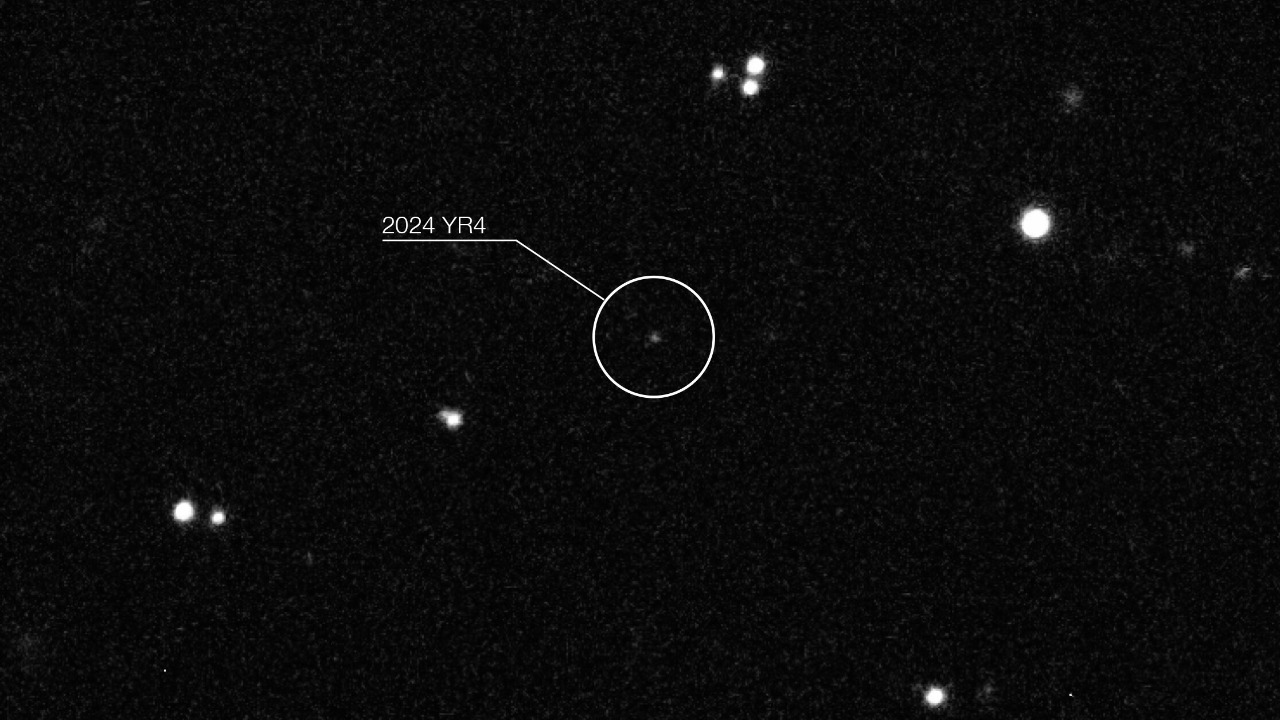
Discovery and Initial Concerns
Asteroid 2024 YR4 was first discovered in late 2024 by astronomers using advanced telescopic technology. Its detection initially caused a stir within the scientific community due to its size and trajectory, which appeared to be on a potential collision course with Earth. This raised concerns about a possible impact, which could have had significant consequences depending on the impact location and the asteroid’s size.
Orbital Characteristics
The asteroid is composed primarily of rock and metal, with an estimated diameter of around 250 meters. Its orbital path, initially calculated with a small margin of error, suggested that it could intersect with Earth’s orbit in the future. This potential for intersection was the primary reason for its classification as a potential threat. The calculations took into account various gravitational influences that could alter its path, making it a subject of intense observation.
Public Reaction
The discovery of 2024 YR4 quickly became a topic of widespread media coverage, capturing the public’s attention and prompting discussions about asteroid threats. The possibility of an impact led to a surge in public interest in NASA’s asteroid tracking efforts, as well as a renewed focus on the importance of planetary defense initiatives. Public concern was palpable, with many turning to NASA for reassurance and updates on the asteroid’s status.
NASA’s Methodology for Threat Assessment
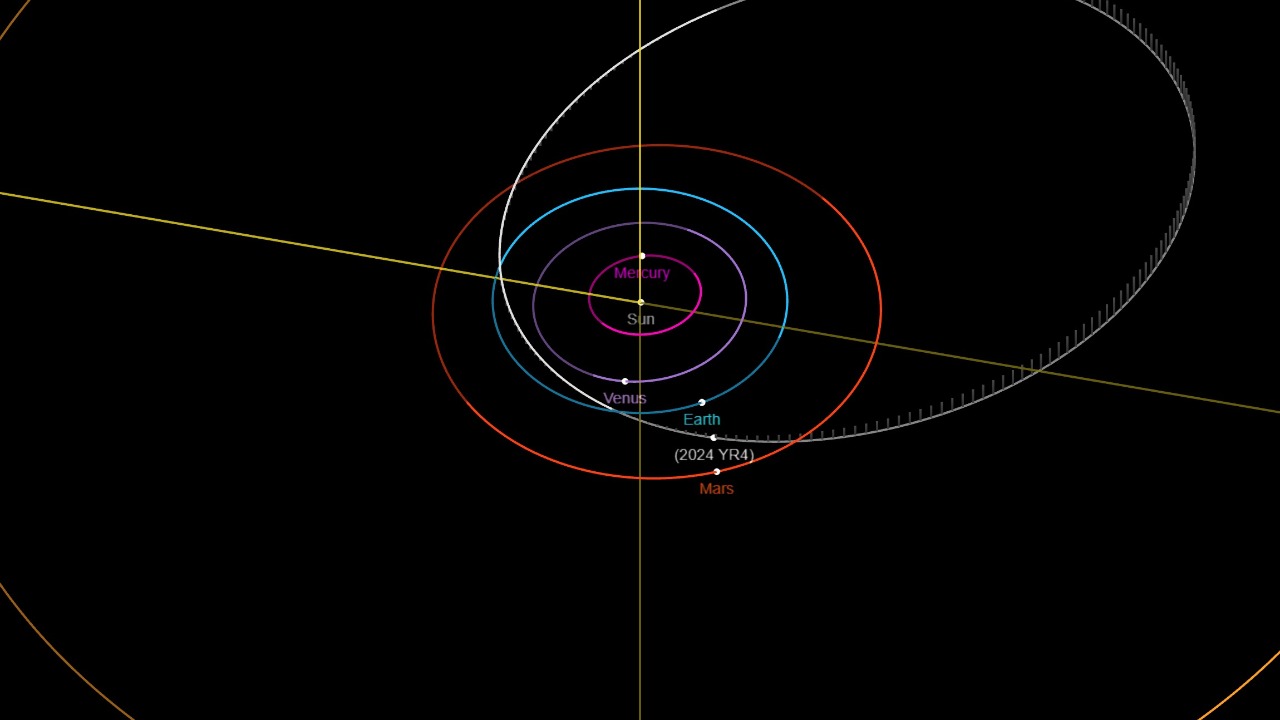
Tracking and Monitoring Tools
NASA employs a variety of sophisticated tools to monitor asteroids, including ground-based telescopes and radar systems. These instruments allow scientists to track the precise movements of celestial objects and gather data on their size, speed, and trajectory. The use of radar, in particular, provides high-resolution images and data that are crucial for calculating orbits and predicting future positions.
Risk Calculation and Probability Assessment
The process of calculating the risk of an asteroid impact involves complex mathematical models and simulations. NASA scientists use these models to estimate the probability of an impact and update their assessments as new data becomes available. This continuous refinement of risk calculations ensures that any potential threats are accurately assessed and communicated to the public and policymakers.
Planetary Defense Coordination Office
The Planetary Defense Coordination Office (PDCO) plays a pivotal role in coordinating efforts to track and mitigate asteroid threats. This office works closely with international space agencies, astronomers, and other stakeholders to ensure a comprehensive approach to planetary defense. The PDCO’s efforts are critical in developing strategies for deflecting or disrupting potential threats, should they arise.
Latest Calculations and Findings
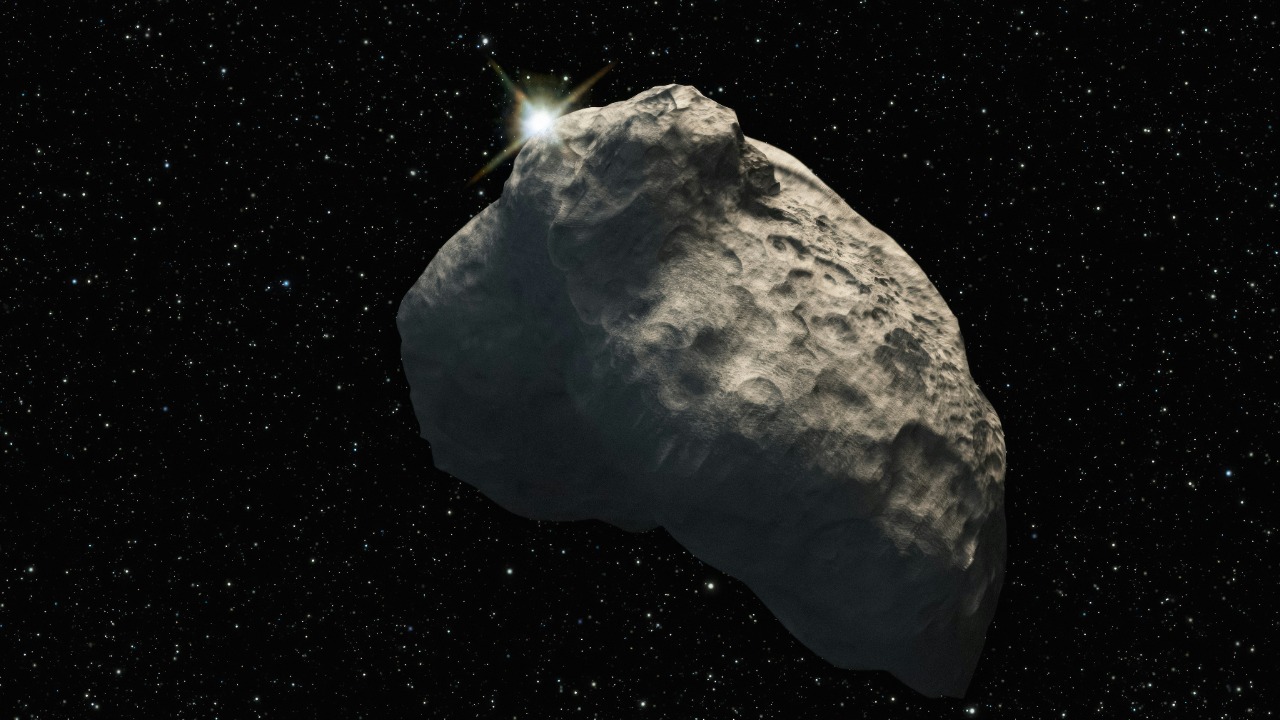
New Data and Analysis
Recent observations and data analysis have led to a significant re-evaluation of the threat posed by 2024 YR4. Using data gathered from telescopes and radar systems, scientists have been able to refine the asteroid’s orbital path with greater accuracy. This new information indicates that the asteroid’s trajectory is now farther from Earth than previously estimated.
Revised Impact Predictions
Based on the updated calculations, the likelihood of an impact has been reduced to near zero, eliminating the immediate threat to Earth. This conclusion was reached after extensive analysis and has been shared with the scientific community for peer review. The new trajectory estimates provide reassurance that 2024 YR4 will safely pass by Earth without incident.
Scientific Consensus
Leading scientists have confirmed the findings, and there is a broad consensus within the scientific community regarding the updated risk assessment. The revised calculations are supported by multiple observations and are considered reliable. This consensus underscores the importance of rigorous scientific analysis and collaboration in addressing potential asteroid threats.
Implications for Future Monitoring
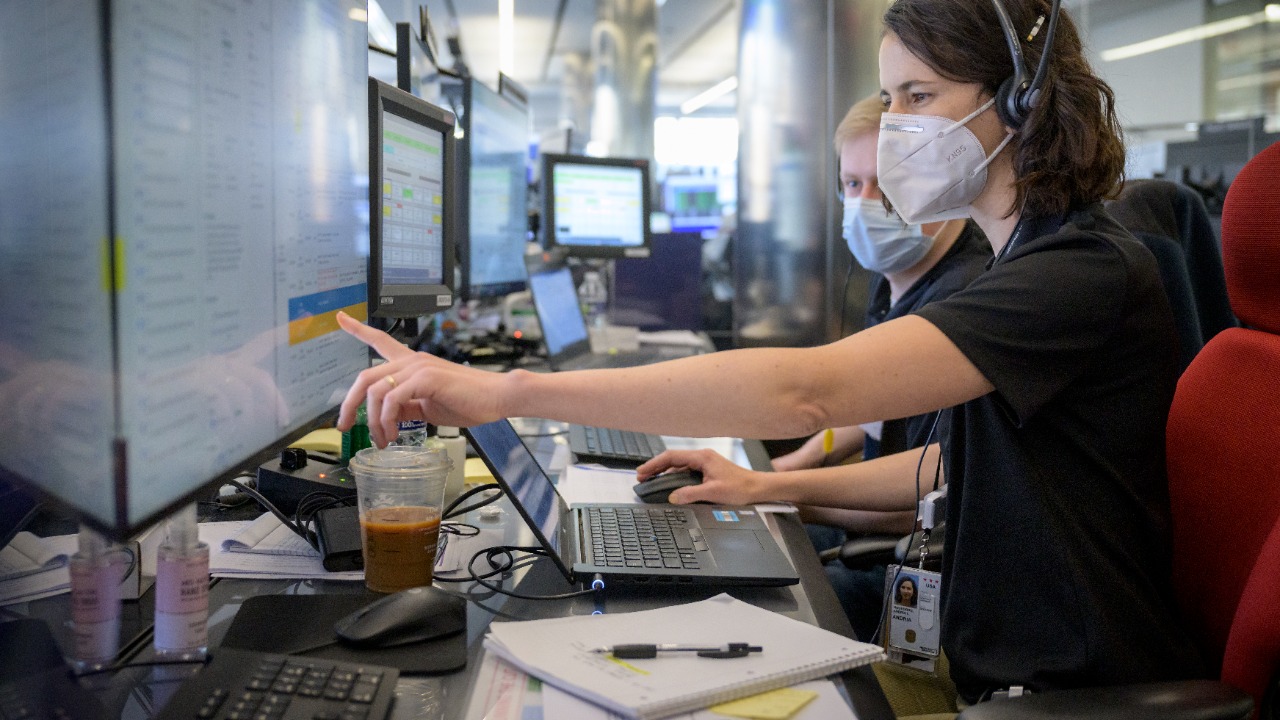
Importance of Continued Surveillance
The case of 2024 YR4 highlights the critical need for ongoing monitoring of near-Earth objects. Continuous surveillance allows scientists to detect new asteroids and track their movements with precision. By maintaining a vigilant watch on the skies, NASA and its partners can ensure that any potential threats are identified and assessed well in advance.
Potential for New Discoveries
The space surrounding Earth is vast, and the potential for discovering new asteroids is significant. As telescope technology advances, astronomers are likely to identify more objects that could pose a threat. NASA’s commitment to planetary defense includes plans to enhance detection capabilities and improve risk assessment methodologies to handle future discoveries effectively.
Public Awareness and Education
Educating the public about asteroid threats and NASA’s efforts to mitigate them is essential for fostering understanding and support. Public engagement initiatives can help demystify the science behind asteroid tracking and emphasize the importance of planetary defense. By keeping the public informed, NASA can build trust and ensure that its efforts are appreciated and supported.
Lessons Learned and the Way Forward
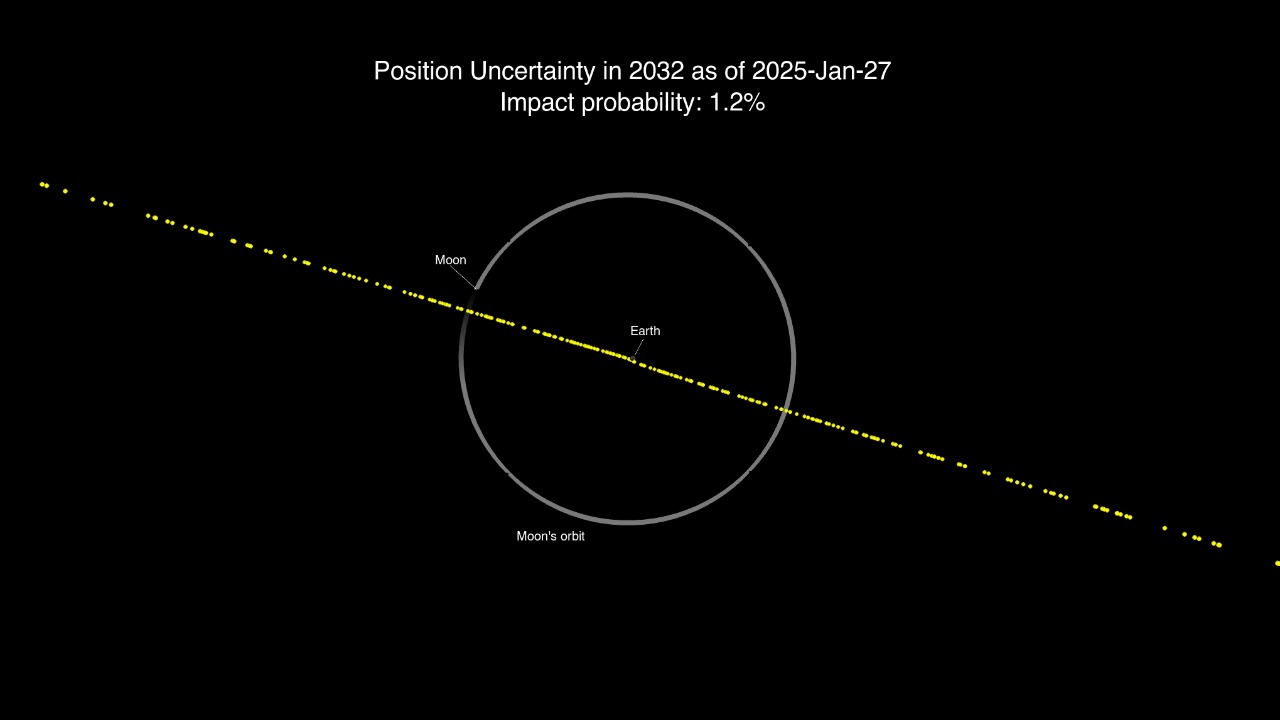
Improved Techniques and Technologies
The experience with 2024 YR4 has driven advancements in asteroid detection and risk assessment technologies. Improved telescopic and radar systems, as well as enhanced computational models, are among the innovations that have emerged from this effort. These advancements are crucial for enhancing our ability to detect and respond to potential cosmic threats.
Policy and Preparedness
The re-evaluation of 2024 YR4 has also informed policy development and preparedness plans for future asteroid threats. Governments and space agencies are collaborating to establish protocols and frameworks for responding to potential impacts. These efforts include the development of strategies for deflection or disruption, should an asteroid pose a significant threat in the future.
Encouraging Global Collaboration
Addressing the threat of asteroids requires international cooperation and collaboration. The global nature of this challenge demands shared efforts and resources to protect Earth from potential cosmic threats. By fostering partnerships and sharing knowledge, the international community can work together to enhance planetary defense and ensure the safety of our planet.